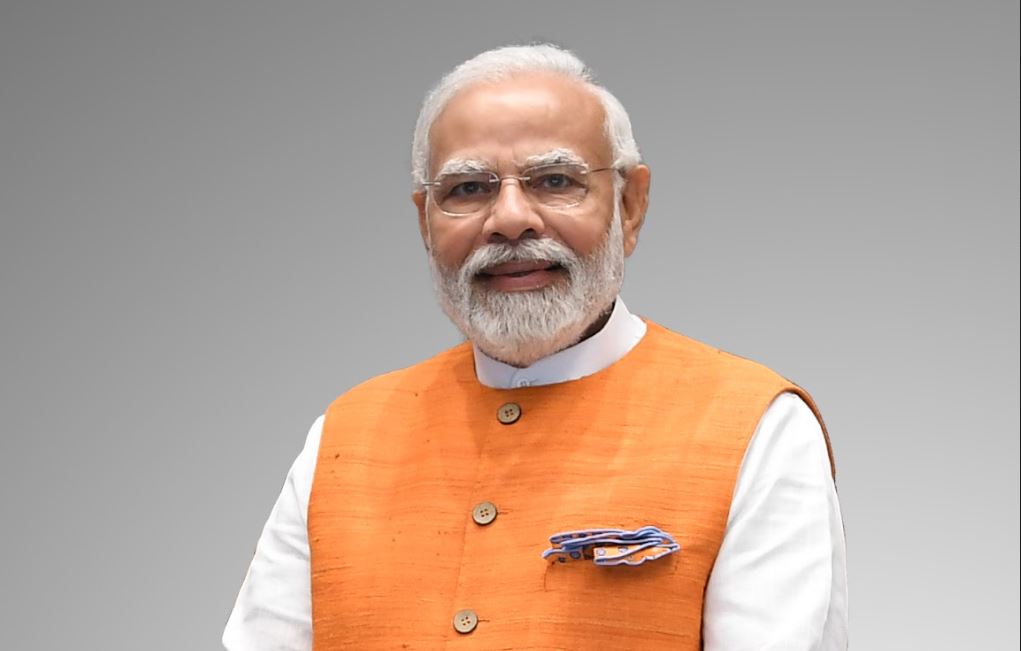Modinomics appears to be working for India as the country has emerged as one of the fastest growing economies of the world while the inflation rate is much lower than other countries.
“India is a relative bright spot in the world economy today, growing at rates significantly above its peer average,” IMF Deputy Managing Director Antoinette Sayeh said at an event in New Delhi.
“Macroeconomic policies are responding to the significant headwinds, with fiscal policy measures supporting vulnerable groups and monetary policy addressing persistently high inflation,” the IMF expert said.
The IMF’s positive assessment of the Indian economy follows an earlier OECD report that said India is set to be the second-fastest growing economy in the G-20 in 2020-23, despite decelerating global demand due to the Ukraine crisis. The positive report cards from the IMF and OECD (Organisation for Economic Co-operation and Development ), which includes the USA and advanced economies of Europe such as Germany and the UK, have given the economic policy measures of the Modi government a big thumbs up.
#WATCH | Today we are the world's 5th biggest economy. The country is transforming. 'Pehle hum Kabootar chhodte the, aaj Cheetah chhod rahe hai': PM Narendra Modi at the launch of the National Logistics Policy, in Delhi pic.twitter.com/2V1jtAAtsW
— ANI (@ANI) September 17, 2022
A month ago the World Bank had also raised India’s GDP growth forecast for 2023 to 6.9% from 6.5% estimated in October after taking into consideration the strong performance in the second quarter of the current financial year.
India’s headline inflation has moderated to an 11-month low of 5.88% in November from 6.77% the month before which shows that the government has been successful in controlling the price spiral. An increase in the supply of essential goods and the RBI’s calibrated interest rate hikes to tame pent-up demand have worked to control inflation.
Lower inflation will reduce the cost of living and leave more money in the hands of consumers to spend on other goods which will spur growth through an increase in demand.
A senior finance ministry official said that the higher growth has resulted in higher tax collections which is enabling the government to keep the fiscal deficit at the targeted level. GST (goods and services tax) collections in December rose 15% to RS 1.5 lakh crore reflecting the higher level of economic activity. In fact, monthly GST collections have now been above Rs 1.4 lakh crores 10 months in a row. Direct tax collections comprising income and corporate taxes have also shown a 24% increase during April-Nov 2022 to touch Rs 8.77 lakh crore.
The high revenue base will be a positive factor as Finance Minister Nirmala Sitharaman presents the Union budget for 2023-24 next month since more resources will be available for investing in large infrastructure projects such as highways, railways, seaports and airports. This in turn will create more jobs and accelerate growth.
More resources in the hands of the government will also help to increase allocations for social welfare schemes for the poor as well as health and education, he pointed out.
Also Read: India’s GST collection in December at Rs 1.49 lakh crore stands 15% higher than last year




















